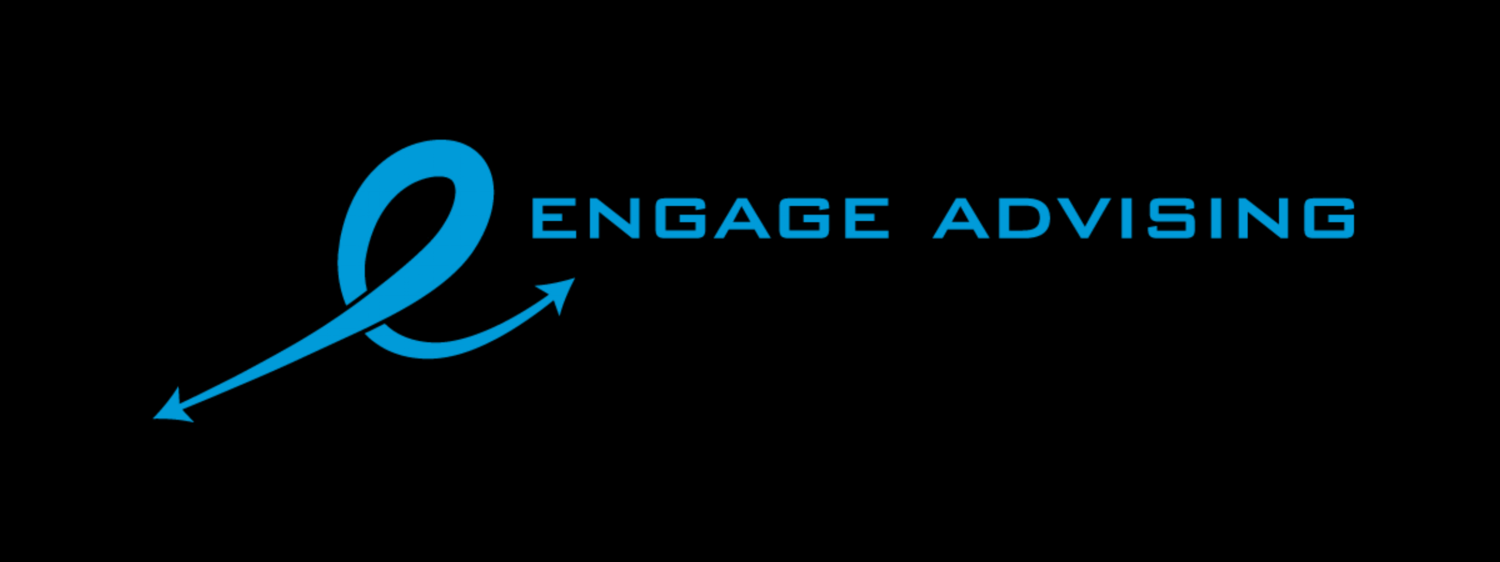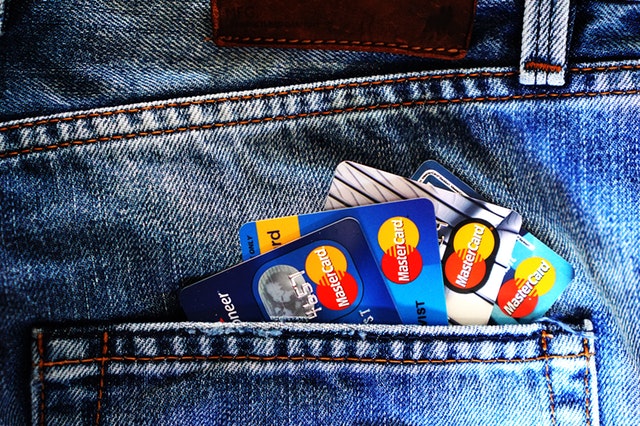So, you’ve decided to go forward with loaning money to a family member or friend. We covered basic steps to take in previous blog posts so be sure to go back and review those. You especially want to be careful with making sure your agreement (remember, get it in writing) contains a specific term and that it is not a demand loan. You also need to at least charge the IRS applicable federal rate or you could end up in a sticky tax situation.
Now that you have taken care of the basic mechanics, you need to prepare yourself. To do so, remember to keep in mind not to lend money you need soon, or to lend money that you cannot afford to lose. That’s right, keep the worst-case scenario in mind – that you won’t be paid back! You need to be prepared for this because you don’t know what the future holds for your recipient. If they have truly fallen on hard times, they may not be able to recover. If the loan is for a new business venture, market risk is always a consideration. Be prepared to never see your money again.
You also need to let go. Once the money is out of your hands, you need to stay out of the recipient’s hair. The money has been given to the recipient and it is no longer yours. Trying to be involved and shepherd what’s done with the funds is not your place. Give the borrower some space and don’t meddle in what they are using the money for. No one likes being monitored and constantly hounded about they should be doing or how they should be using the money. If you cannot distance yourself from the loan and usage of the funds, you are likely not prepared to lend the money.
There are a lot of practical steps you can take to lending money. In the end, it comes down to your interpersonal relationship with the borrower and whether you value the relationship more than the money. If that’s the case, you can make a best effort to recover your money but you may have to be comfortable with just lending the money and knowing you are not going to ever see it again. If you are being asked repeatedly to lend money, and never receiving it back, be strong and say no. Your generosity should never be abused. Your head can set the terms, but sometimes your heart may overrule the best financial steps you can take.
As an independent Certified Financial Planner™, I can help you decide if you should lend money. Contact me and let’s discuss your situation. #talktometuesday #getstarted #HowIcanHelpYou #GetHelp #Hireaplanner #familymoney #lender #CFPPro #savemoney #borrowmoney #lendmoney












































